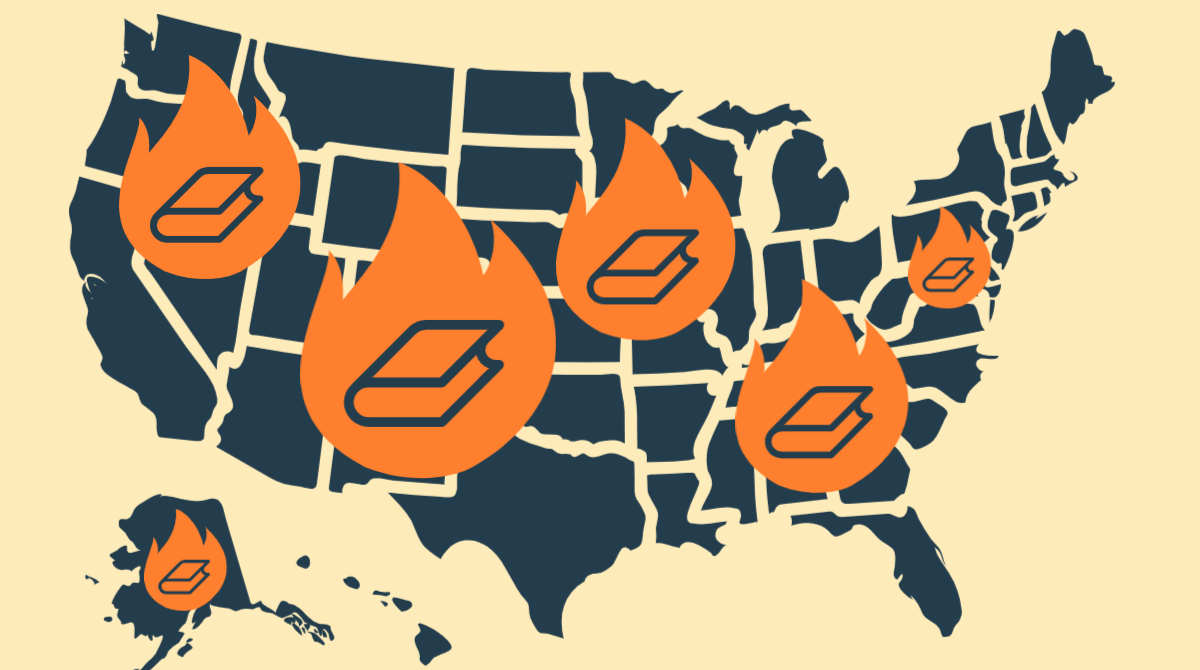It’s Banned Books Week, when the national conversation is centered on the freedom to read and attempts by groups and individuals across the country to censor books and remove them from libraries and schools. But did you know that librarians regularly remove books from libraries every year? It’s called “weeding,” and it’s an essential task for a successful, thriving library. Laura Mendez, Principal Librarian at Carlsbad (Calif.) City Library, explains.
On an American Library Association (ALA) members-only discussion board, a group of library professionals and students recently engaged in a spirited discussion about removing sensitive or offensive materials in their libraries. Given the current climate, where intellectual freedom is a hot topic and book bans are regularly occurring in schools and libraries across the United States, it’s worth looking at the role libraries play in gatekeeping information as much as we are disseminating it.
An academic librarian sparked the discussion by asking ALA colleagues what their protocols were for addressing books in their collection with outdated or offensive content. The book in question was an item from 1891, describing religions such as Taoism and Shintoism as “primitive” and “uncivilised.” The book had come to her attention after being requested by a patron.
As many library professionals do, she turned to her colleagues in ALA to ask about their deselection practices. Some of the options included adding a disclaimer inside the book, updating catalog records, donating the item to another institution more closely aligned with the item’s topic, placing signage in the stacks, or “just weeding it.” For those readers who are unfamiliar with the term, “weeding” means to remove an item from circulation and either sell, re-house, donate, or destroy it.
Weeding is a necessary practice to keep libraries up-to-date and functioning properly. For example, an easy item to weed is an outdated travel guide; leaving this item on the shelf to circulate may result in a patron getting lost or even put into a dangerous situation. Many libraries do not have the space or storage to act as repositories for this type of material, and thus engage in regular weeding of the collection to ensure their shelf contents are accurate and meet the needs of the communities they serve. However, when it comes to weeding for content that may offend or upset readers, the practice of weeding becomes murky and relies heavily on the individual judgement of librarians.
Many libraries rely on circulation data, publication date, availability in other systems, and their organization’s collection development policies to make informed decisions about weeding materials. Collection development policies typically judiciously avoid addressing “offensive” content due to the subjective nature of the term. Ultimately, the decision to weed an item will rest with a single person. And when an item is weeded, it is no longer available to the public. The significance of that decision should not be taken lightly, and while many library professionals dedicate time and effort to ensure materials are preserved for historical value or accessible from other institutions via interlibrary loan, many others demonstrate a laissez-faire or “cutthroat” attitude about weeding.
Practices and considerations for weeding materials directly impact the intellectual freedom of readers. It is imperative to emphasize the importance of judgement in these scenarios; it’s something that should be trained and reinforced starting in library school and continuing into workforce practices. Library supervisors and leadership should regularly engage in collection policy review and discuss weeding practices and recommendations with their staff to ensure that public and academic spaces are not losing potentially important intellectual resources due to quick judgement.
Learn more about Banned Books Week and how to get involved!




